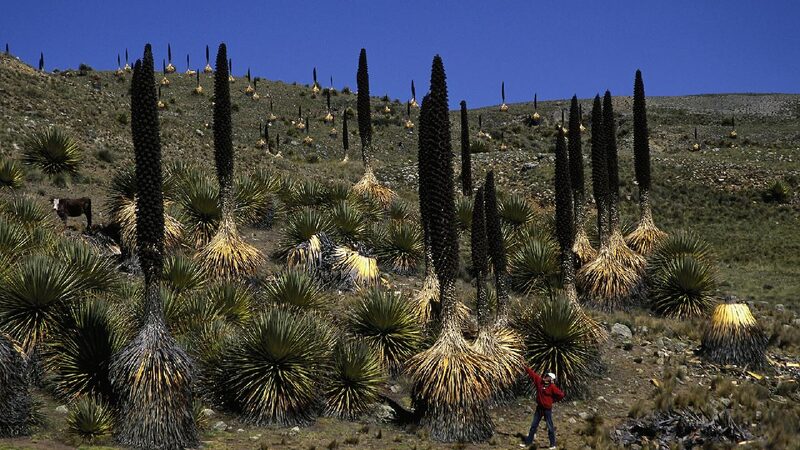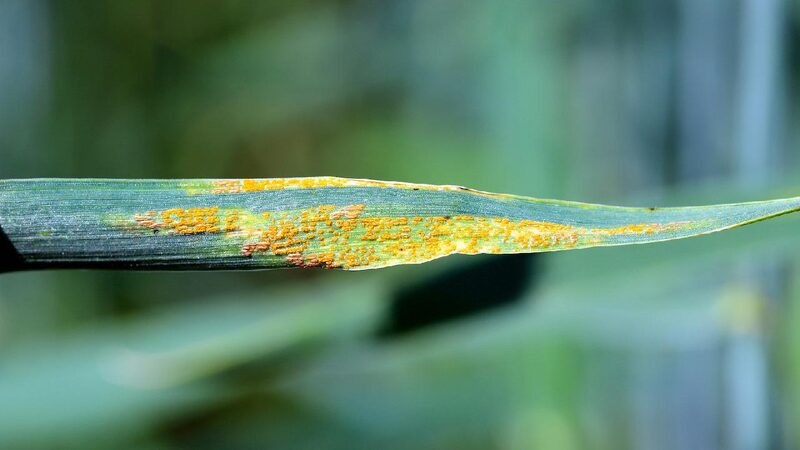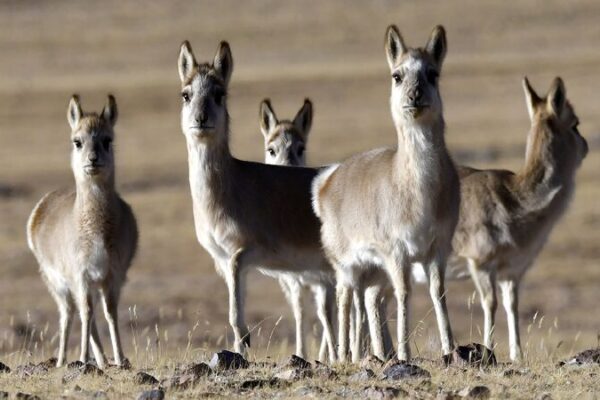In the heart of Guangzhou City, China’s South China Botanical Garden has become home to a remarkable collection of plant specimens from Peru. Among these treasures is a giant yellow leaf from a plant known as the “Queen of the Andes”—the world’s largest bromeliad.
Native to the high elevations of the Peruvian Andes, at 3,000 to 4,800 meters above sea level, the Queen of the Andes can grow over 10 meters tall and lives for 40 to 100 years, blooming only once in its lifetime. However, this majestic plant faces the threat of extinction due to limited genetic diversity and human activities like logging and pasture expansion.
Since 2010, Chinese and Peruvian researchers have been collaborating to study and protect this endangered species. Researchers like Dr. Ge Xuejun from the South China Botanical Garden have worked closely with Peruvian scientists to understand the genetics and ecology of the Queen of the Andes, publishing significant findings that contribute to its conservation.
“Witnessing the Queen of the Andes in its natural habitat was unforgettable,” recalls Dr. Ge from his first research trip in 2009. “Despite the harsh conditions of the high Andes, this giant plant stood like a solitary forest.”
Liu Lu, a PhD researcher in Dr. Ge’s team, has dedicated over six years to the study of this plant, contributing to groundbreaking genomics research published internationally. Their work provides a scientific basis for developing effective protection strategies.
The collaboration extends beyond research. The botanical garden has forged partnerships with Latin American universities and institutions, promoting exchanges and raising public awareness about biodiversity conservation. Peruvian researcher Liscely Tumi, who studied in Guangzhou, shares, “It was not only an academic experience; I also had the chance to immerse myself in the beautiful Chinese culture and incredible biodiversity.”
Overcoming challenges like distance, unfamiliar environments, and language barriers, the China-Peru partnership exemplifies how global cooperation can address shared challenges in biodiversity and sustainable development. As Dr. Ge emphasizes, “Ecological protection is a long-term endeavor. By building strong foundations for collaboration, we can make a real difference.”
Reference(s):
'Treasure' plant drives China-Peru cooperation to protect biodiversity
cgtn.com








